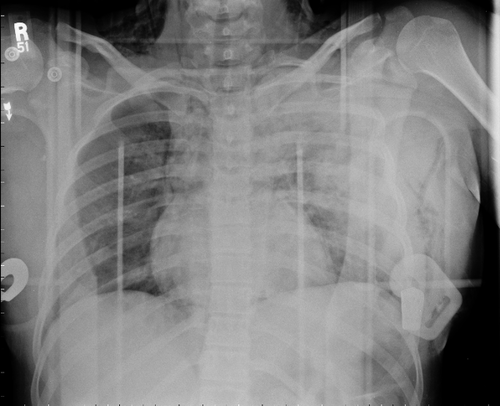Looking for specific content from the Trauma Professional’s Blog? I’ve posted almost 600 items over the last 3 years here, so there’s a lot of stuff to sift through! There are several ways to do it, and here are some tips.
If you look over in the column to the right, you’ll see three tools to help you:
- The search box. Type in a search term, and Google will do a nice search of just the blog. Note: older versions of Internet Explorer don’t work quite right, so you have to actually click the Search button. Hitting enter will do a Google search of the whole internet, not just the blog.
- The Indexed archive button. This is a categorized list of all the content on this blog. It’s getting long! I’m in the process of streamling it so it’s more manageable.
- The Tumblr archive button. This presents a nice thumbnail view of each month’s posts. You can look at all the recent titles, but it’s not really very searchable.
- The Submit Your Request button. This one is the best! Don’t see what you’re looking for? Send me a request! You’re welcome to email or Skype me as well! I get some of my best material from requests. If you’re curious about a specific topic, other people probably are as well!






